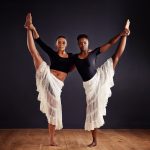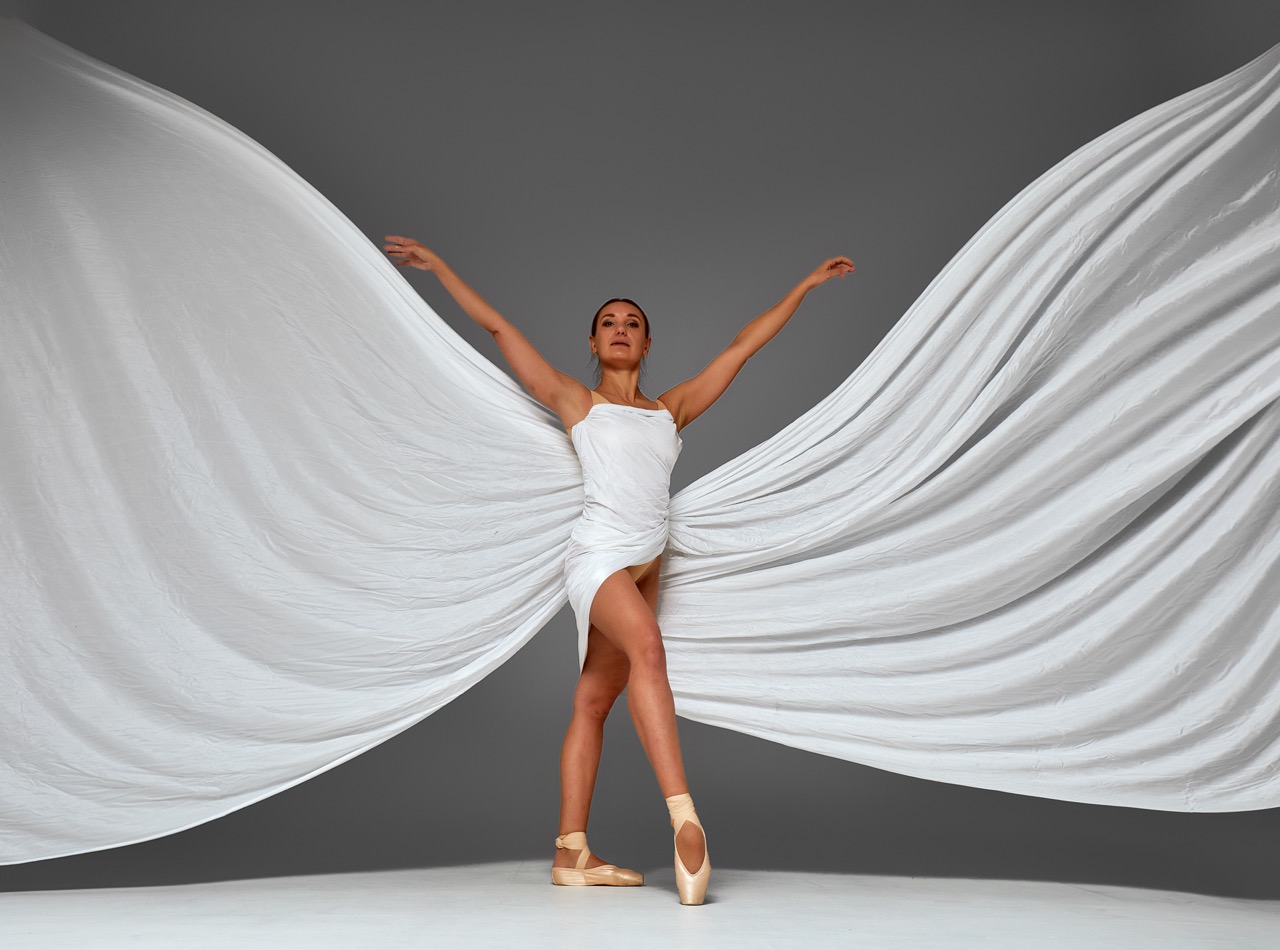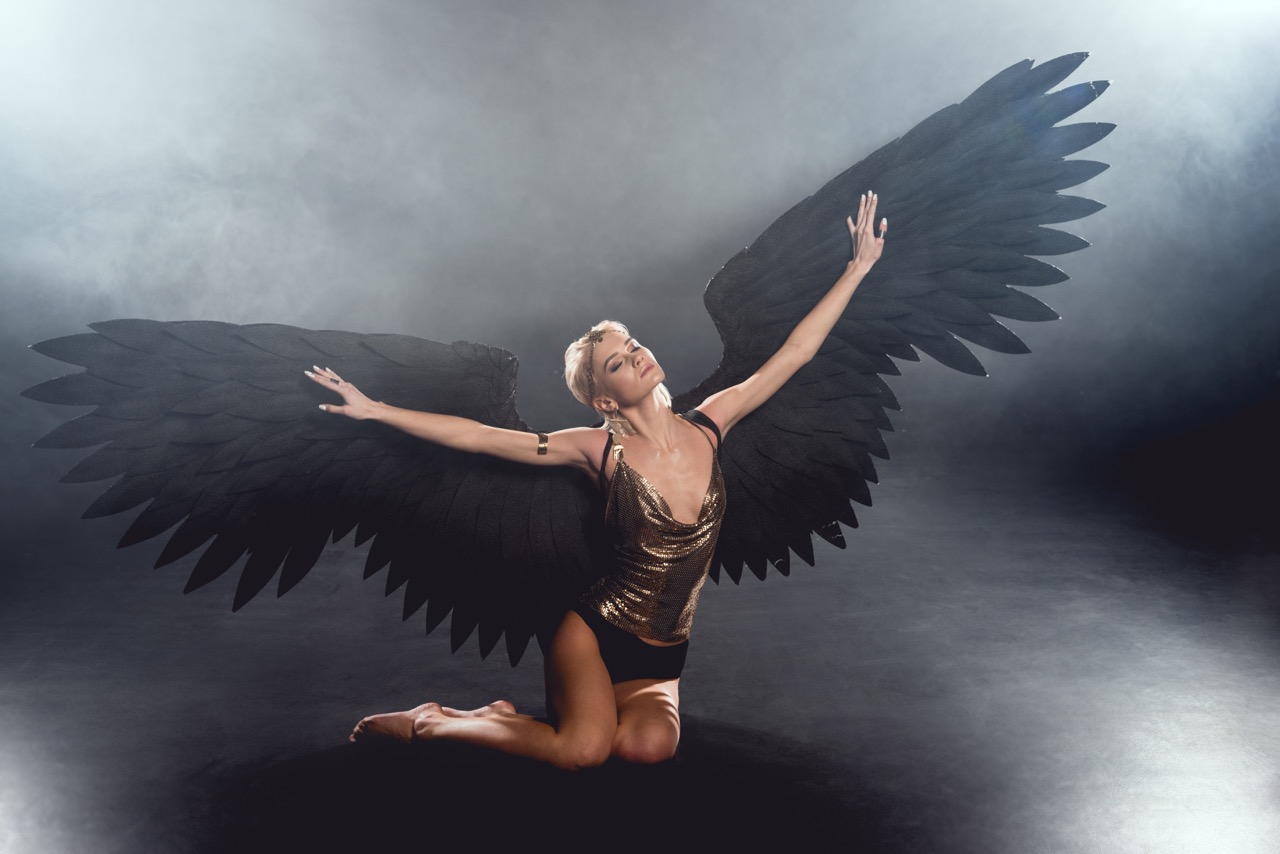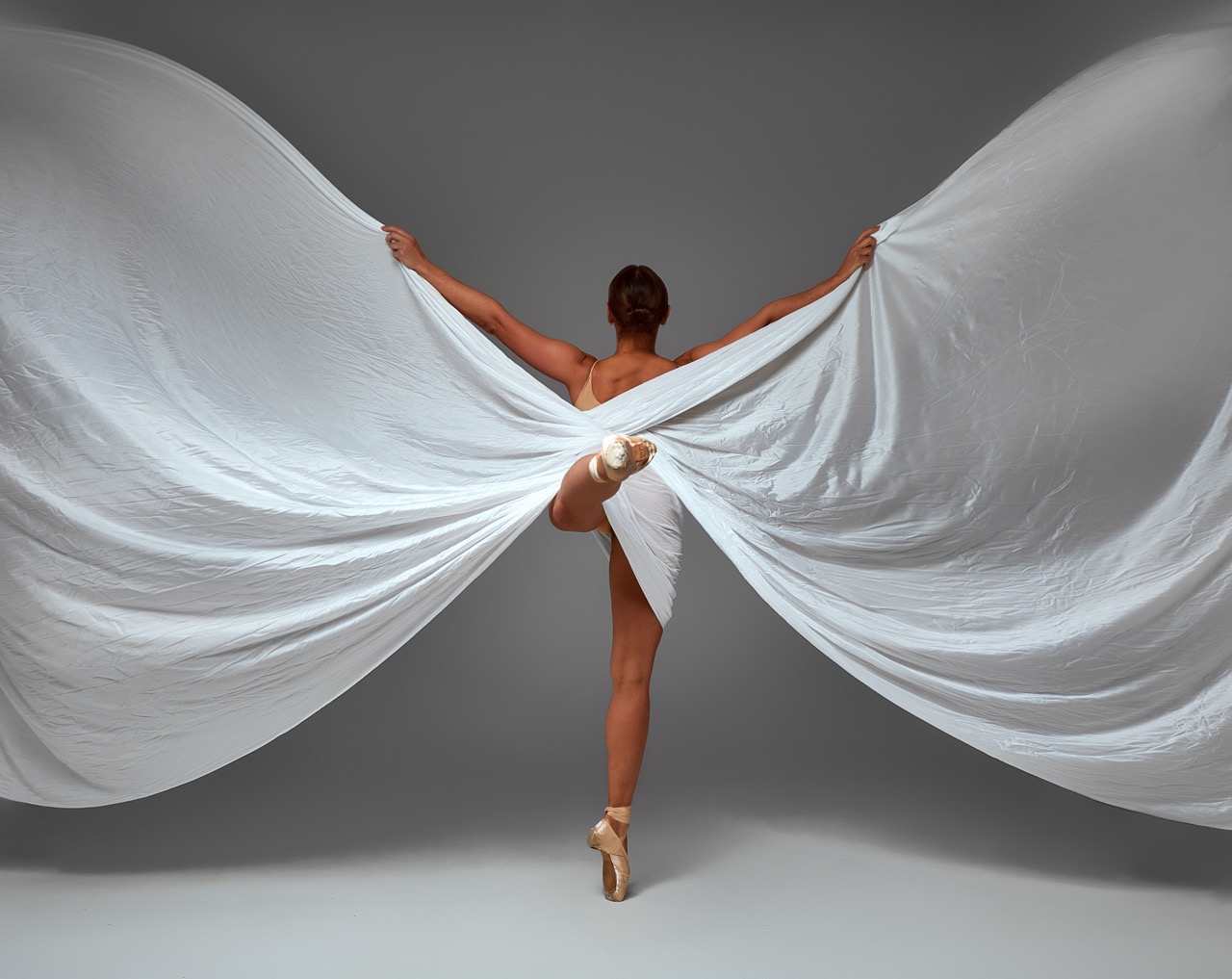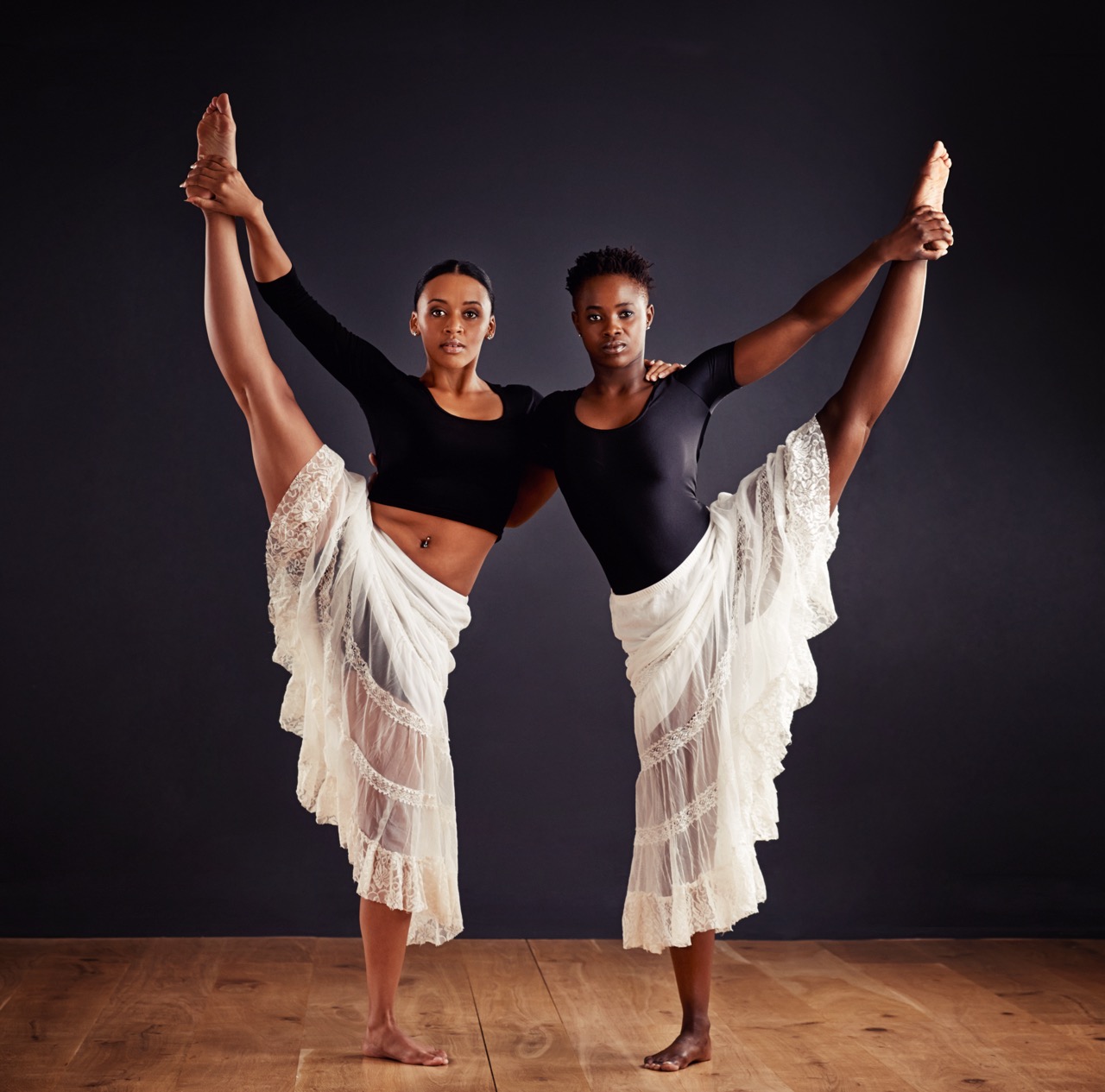Ballet, a form of artistic expression characterized by its graceful movements and intricate choreography, has undergone a remarkable evolution since its inception. Originating from the courts of the Renaissance, it has transformed into a dynamic art form that continues to captivate audiences worldwide. This article explores the journey of ballet through various historical milestones, examining its royal beginnings, the flourish of romanticism, the rise of contemporary styles, and its global influences today.
From Courtly Grace to the Stage: Ballet’s Royal Beginnings
The origins of ballet can be traced back to the Italian Renaissance in the 15th century, where it emerged as a courtly spectacle. Nobles and aristocrats expressed their status and sophistication through dance, often accompanied by music and elaborate costumes. These early performances were not mere entertainment but were imbued with political and social significance, designed to celebrate the power and elegance of the ruling class. The transition to ballet as a formal art began to take shape, notably through the influence of Catherine de’ Medici, who brought the Italian tradition to France.
In France, ballet evolved further under the reign of King Louis XIV, who not only patronized the art but also performed in many of the productions. His passion for dance culminated in the establishment of the Académie Royale de Danse in 1661, which formalized the training and techniques of ballet. It was during this period that the foundations of ballet as we know it today began to solidify, with the introduction of ballet terminology and the codification of movements. The emphasis on technique and theatrical storytelling began to pave the way for future choreographers.
As the 18th century approached, ballet began to shift from being a royal pastime to a public spectacle. The growth of opera and theater opened new avenues for ballet, allowing it to reach broader audiences. The emergence of the ballet blanc, characterized by ethereal costumes and themes of nature and spirituality, marked a significant turning point. This shift set the stage for the Romantic period, where ballet would further explore the depths of emotion and human experience.
The Flourishing of Romanticism: Love and Longing in Dance
The Romantic era, spanning the late 18th to the early 19th centuries, saw ballet blossom into a profound expression of longing, love, and the supernatural. This period was marked by a fascination with the ethereal and the mysterious, leading to the creation of iconic ballets such as "Giselle" and "La Sylphide." These works featured themes of unattainable love and tragic fate, often embodied by the famed “ballerina,” who became the focal point of these emotional narratives.
During this time, the pointe shoe emerged, allowing dancers to perform on the tips of their toes, creating an illusion of weightlessness and enhancing the dreamlike quality of performances. The ballerina became a symbol of grace and fragility, leading audiences to appreciate the physicality and artistry involved in ballet. Choreographers like Jean Coralli and Jules Perrot began to explore innovative storytelling techniques, weaving intricate tales of love and loss through movement, further elevating ballet to a revered art form.
The Romantic period also gave rise to the concept of the "dancing on air" aesthetic, where dancers sought to embody the spirit of their characters. The emphasis on expressiveness and emotional depth led to the development of character dances and narrative-driven performances, allowing ballet to capture the complexities of human emotions. This artistic evolution laid the groundwork for the subsequent innovations in ballet, blending technical prowess with storytelling and paving the way for future generations of dancers.
Breaking Boundaries: The Rise of Contemporary Ballet Styles
As the 20th century dawned, the world of ballet began to experience radical transformations influenced by societal change, artistic movements, and the advent of modernism. Visionary choreographers like Igor Stravinsky and George Balanchine revolutionized traditional forms, infusing ballet with contemporary techniques and innovative ideas. Balanchine, in particular, emphasized the importance of music in dance, creating a new style that celebrated athleticism while maintaining ballet’s classical roots.
With the rise of contemporary ballet, the boundaries of traditional dance were pushed further, incorporating elements from jazz, hip-hop, and even modern dance. This fusion resulted in a more diverse and inclusive representation of movement that resonated with a broader audience. Companies like the American Ballet Theatre and the New York City Ballet began to showcase works that blended classical techniques with innovative storytelling, resulting in a vibrant and ever-evolving art form.
Additionally, the latter half of the 20th century marked a growing emphasis on gender equality within ballet. Female dancers sought to break free from traditional roles, taking on more powerful and complex characters, while male dancers began to embrace vulnerability. This shift has led to a more balanced representation of gender in ballet, creating space for diverse narratives and redefining the roles within the art form, ultimately enriching the ballet landscape.
A Global Tapestry: Ballet’s Influence Across Cultures Today
Today, ballet transcends its European roots, evolving into a global tapestry that incorporates diverse influences from cultures around the world. Dance companies in countries like Russia, China, and Brazil have embraced ballet, blending it with local dance styles, folklore, and traditions. This cultural exchange has birthed unique interpretations of classical ballet and has opened doors for new narratives that reflect a broader spectrum of human experiences.
The establishment of international ballet competitions and festivals has further fostered a spirit of collaboration and innovation among dancers from various backgrounds. Global events such as the Prix de Lausanne and the Varna International Ballet Competition not only showcase talent but also encourage cross-cultural dialogue, enabling dancers to learn from one another and push the boundaries of the art form. This interconnectedness enriches the global ballet community, inspiring fresh concepts and expanding the audience for ballet.
Moreover, as society becomes increasingly aware of the importance of representation, ballet is continuously evolving to address contemporary issues such as race, identity, and inclusivity. Choreographers are now more inclined to create works that reflect societal challenges, while companies strive to diversify their casts and programming. This commitment to inclusivity ensures that ballet remains relevant and accessible, captivating new generations while honoring its storied past.
The evolution of ballet is a testament to its resilience and adaptability as an art form. From its regal beginnings in the courts of Europe to its current status as a global phenomenon, ballet has continually transformed, reflecting the complexities of human emotion and cultural diversity. As it continues to break boundaries and embrace new influences, the future of ballet promises to be as dynamic and enchanting as its storied history. With each step, leap, and pirouette, ballet will continue to inspire and connect audiences across generations and cultures.



